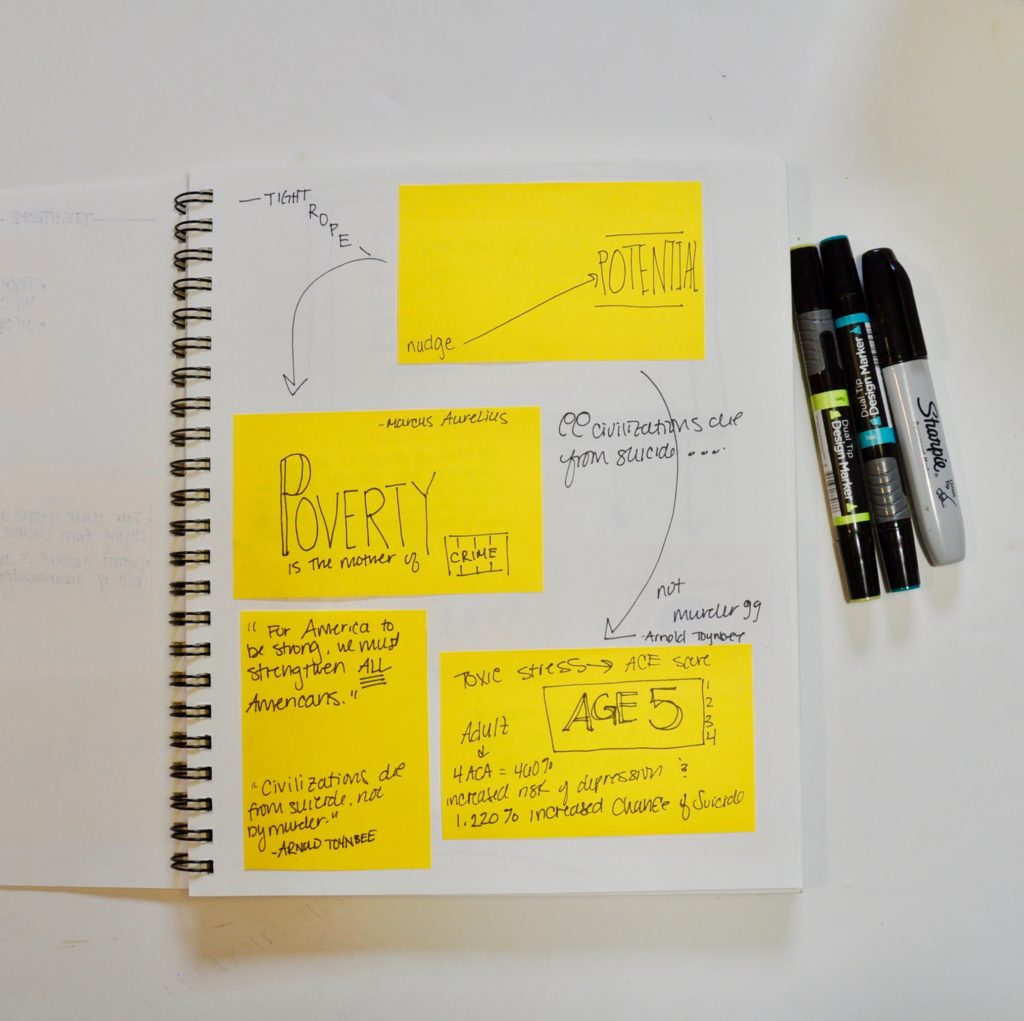Learning How to Learn and Think

We often think of classes like Art and Art history as, “extra” “electives” or “specials”, I must admit, I’m not a big fan of any of those terms. They are subjects, things to learn about.
Art is way of communicating, it’s a language.
Art History is a way to learn about history. It’s also a way how to communicate.
I would argue that any subject, depending on how it’s taught and applied, is “extra” ie: not important.
Any class, art, math, science is a vehicle for learning how to learn and learning how to think.
I’ve taught Art History for years, and one thing that I’ve noticed, is that many students don’t know how to take notes and don’t know how to learn. That means that they spend a lot of time “pretending” to learn, and that is wasted time. In AP Art History, you will learn about Art history and you will learn how to learn and think. Today I want to give you some examples, so even if you don’t take AP Art History online, you can still start learning today.
There are many different ways to take notes and you need to work to determine which works best for you. Ways that don’t really work for anyone.
- Simply highlighting pages as you read
- Rewriting the exact thing that you read aka copying
Learning is about processing information, which means that you need to take what you’re reading or listening to, make connections and turn it into your own words.
One technique to try is Collins Writing.
This technique helps you to break down what you’re reading into small bits and then write a summary at the end. Watch the video below for instructions.
This next one is my current favorite, it requires a lot of post-it notes and several steps.
It has you take simple notes while reading, those notes should be in your words and filled with symbols and/or sketches, and then has you go back and make further connections and notes when you’re finished with your reading.
